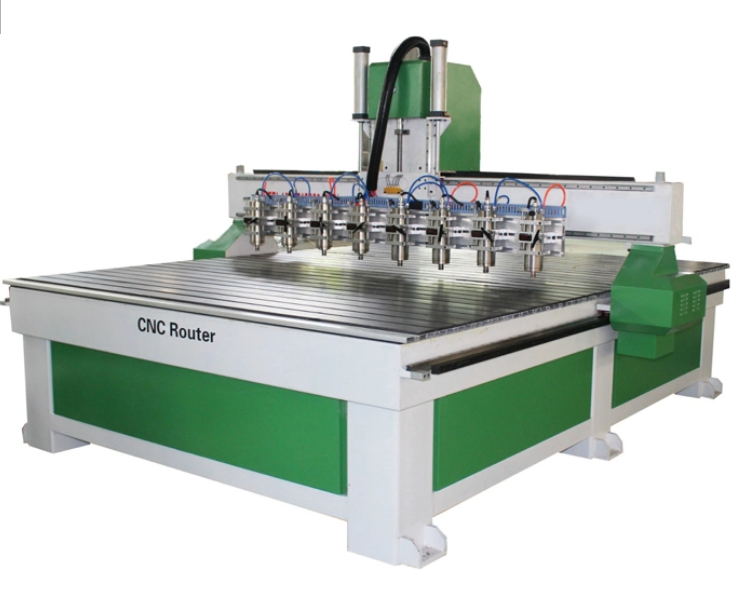Stone router machine, also known as CNC stoneworking machines, are computer numerical control (CNC) machines that carve or shape stone materials like marble, granite, limestone and sandstone. Using advanced router bits and advanced software, these machines can create intricate patterns, geometries and textures in various types of stone with precision and repeatability.

Stone router machines typically include the following components:
- CNC router – The router contains the spindle that holds the router bit. The spindle can spin and move in the X, Y and Z axes, as directed by the machine controller.
- Router bits – Special diamond-tipped router bits and drill bits designed for stoneworking are used. The diameter, flute shape and core material of the bits determines the cutting action.
- Work table – The work table provides a flat, stable surface for the stone material to rest on. It can be moved in the X and Y directions while the router spindle moves vertically (Z axis) to machine the stone.
- Automatic tool changer – Some higher end machines have automatic tool changers that can switch between multiple router bits without stopping the machining process.
- Dust collection system – A powerful vacuum and hose connects to the machine to remove stone dust created during the routing process. Fine dust poses a health risk if it becomes airborne.
- Machine enclosure – Enclosures surround the machine and dust collection system to contain noise and dust within a safe working environment.
- Machine controller – The controller interprets G-code instructions generated from 3D modeling software. It directs the movements and speeds of the CNC router and work table.
Once a 3D model or 2D technical drawing of the finished stone part is created in CAD/CAM software, G-code instructions can be generated to machine that geometry. The G-code is imported into the stone router machine’s controller.
During operation, the controller directs the spindle to lower the selected router bit and begin spinning at the required speed. The work table then moves the stone blank in the X and Y axes while the spindle moves down in the Z axis, gradually removing material as the bit follows the G-code tool path.
Stone router machines can achieve very fine surface finishes (32 micrometers or less) and dimensional tolerances as low as 0.01 millimeters. Cutting speeds depend on the material hardness, bit size and desired surface finish but can range from 15 to 300 millimeters per minute.
The primary applications of stone router machines include:
- Architectural cladding – Production of stone panels, slabs and tiles for external and internal walls, floors and furniture.
- Counter tops – Machining stone kitchen and vanity countertops to customer specifications.
- Tombstones and memorials – Producing inscriptions, seals, sculptures and other designs on gravestones.
- Artwork and signage – Fabrication of ornamental stone sculptures, plaques, logos and lettering.
- Landscaping – Cutting stone pavers, caps, curves and border edges for patios, walkways and gardens.
Higher precision, tighter tolerances and advanced material removal techniques are achieved through advances in machine hardware, control software, tooling and dust extraction systems. These benefits allow stone router machines to produce increasingly complex stone structures and components for various industries.

